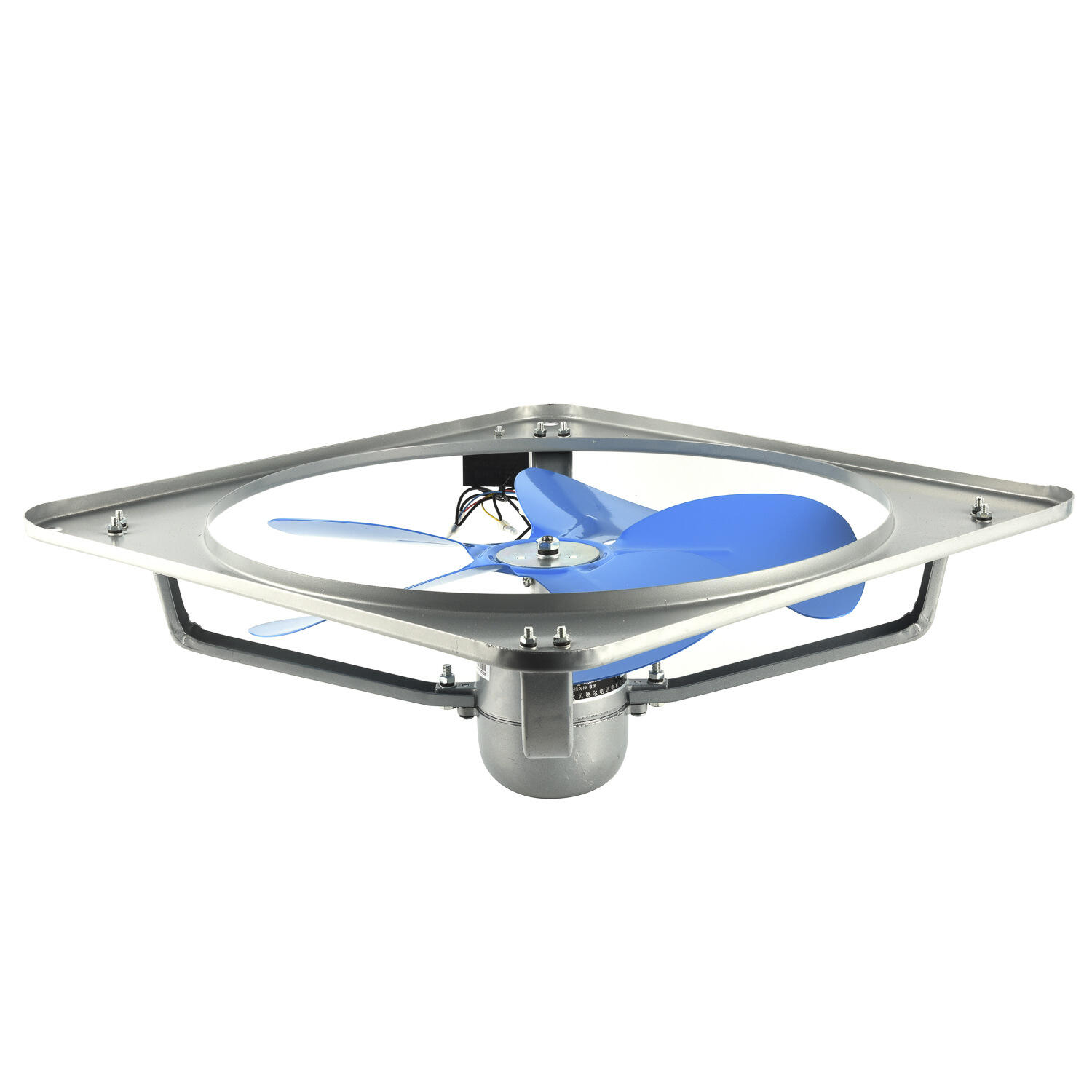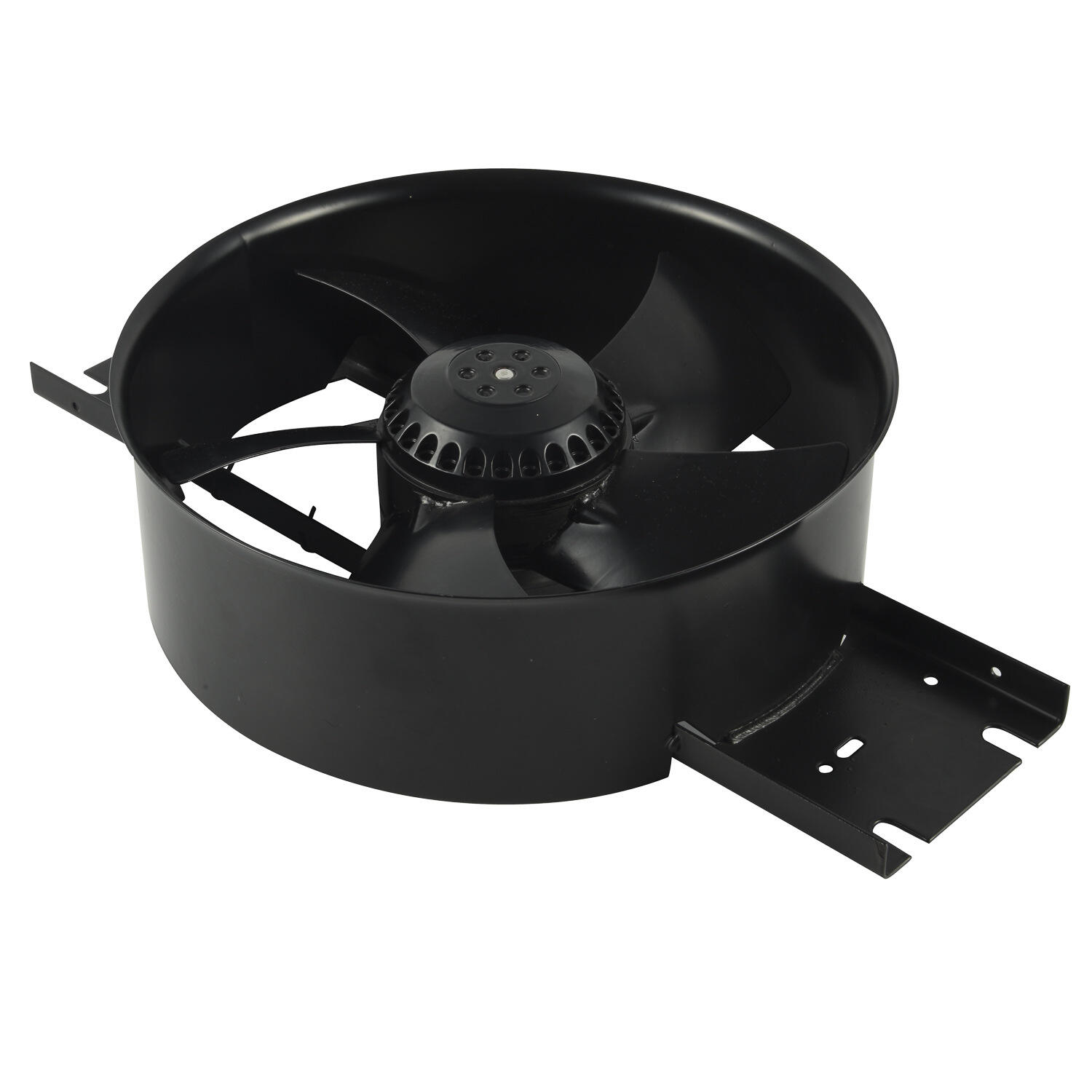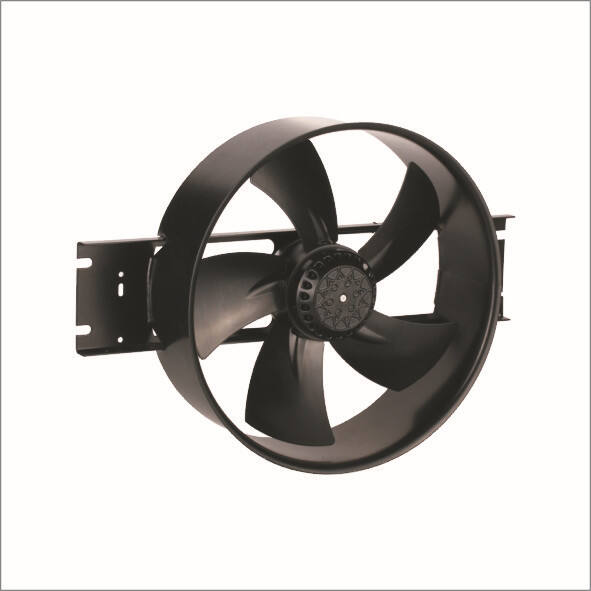axial fan and centrifugal fan
Axial fans and centrifugal fans are two fundamental types of mechanical devices designed for air movement and ventilation applications. Axial fans operate by moving air parallel to the shaft around which the blades rotate, creating a direct airflow path similar to a propeller. These fans are characterized by their streamlined design, featuring blades arranged around a central hub, making them ideal for applications requiring high air volumes at relatively low pressures. Centrifugal fans, conversely, operate by drawing air into the center of the rotating impeller and discharging it radially outward through the housing. The air enters parallel to the axis of rotation and is expelled perpendicular to this axis. These fans utilize the principle of centrifugal force to generate pressure, making them particularly effective in applications requiring higher pressure capabilities. Both types incorporate advanced blade designs, precision-engineered components, and various mounting configurations to suit different industrial, commercial, and residential applications. Their technological features often include variable speed control, energy-efficient motors, and specialized blade materials for optimal performance.


